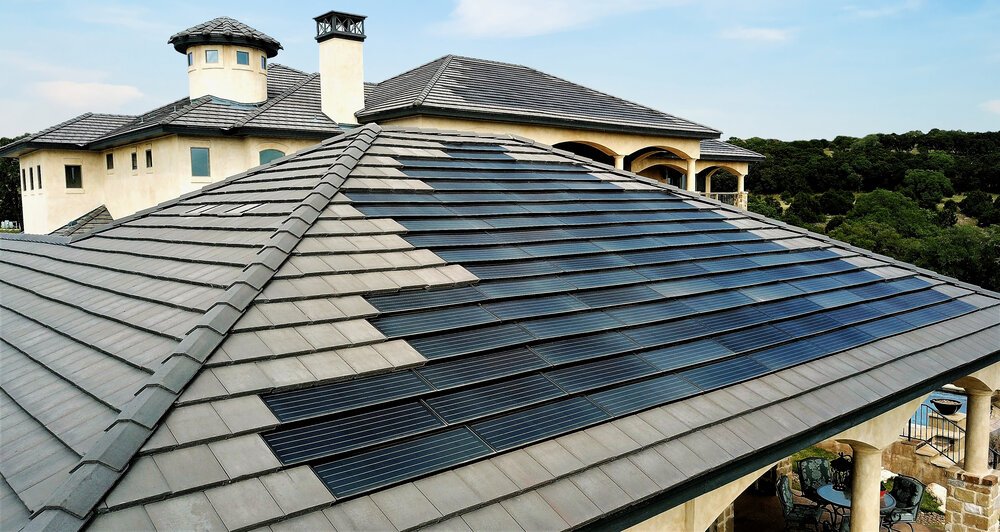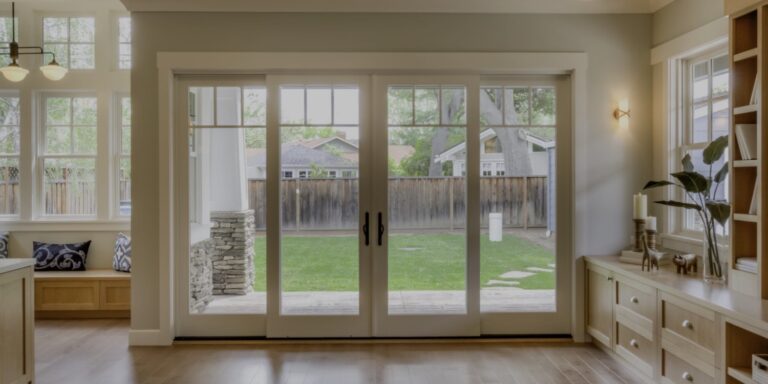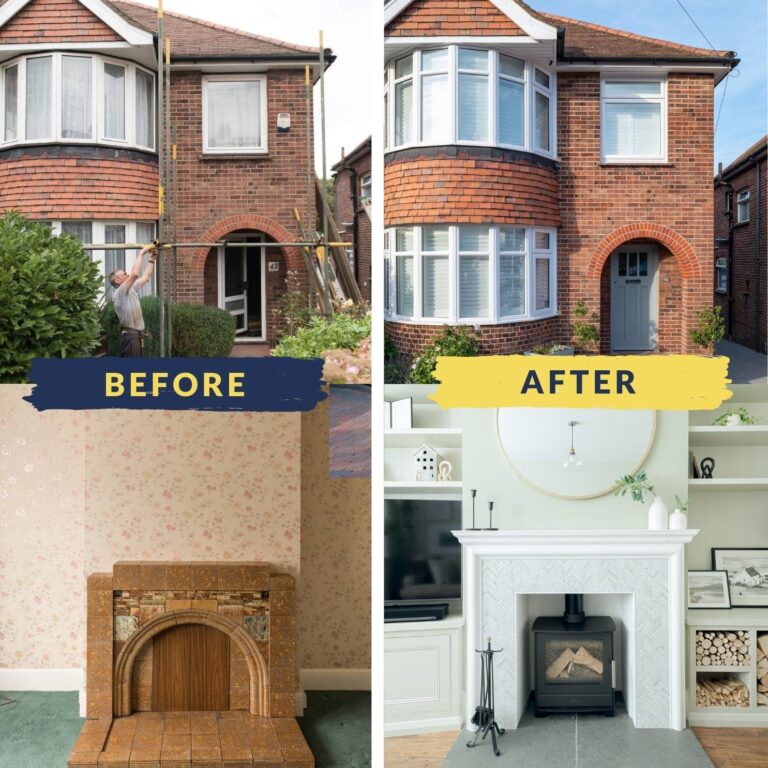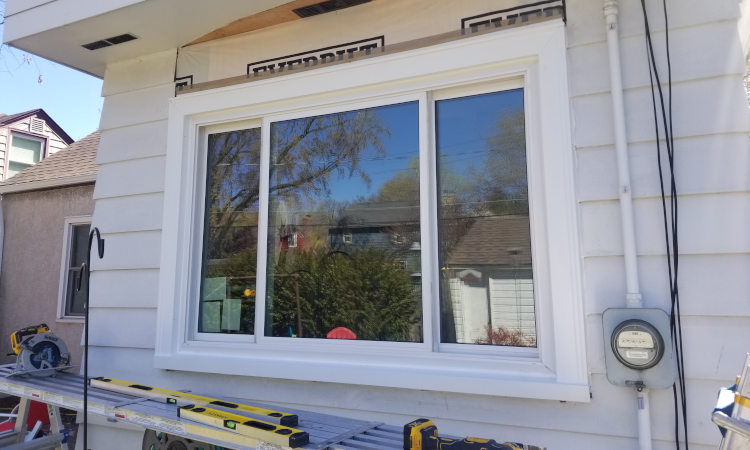Understanding Roof Replacement: When and How to Replace Your Roof
Your roof is your home’s first line of defense against the elements. Over time, however, it faces wear and tear that can lead to significant issues if not addressed promptly. Understanding when and how to replace your roof is crucial for maintaining the safety, efficiency, and value of your home.
Signs You Need a Roof Replacement
Age of the Roof
One of the primary indicators that your roof may need replacing is its age. Most roofing materials have a limited lifespan, with asphalt shingles typically lasting 20-25 years, metal roofing up to 50 years, and tile or slate roofing lasting even longer. If your roof is nearing the end of its expected life, it’s time to start considering a replacement.
Visible Damage
Missing or Damaged Shingles
If you notice shingles that are cracked, curling, or completely missing, it’s a clear sign that your roof is in trouble. Damaged shingles can no longer provide adequate protection against water infiltration, leading to leaks and other issues.
Sagging Roof
A sagging roof is a serious problem that indicates structural issues, often due to prolonged water damage or excessive weight from snow and ice. If your roof appears to sag, it’s essential to address the issue immediately to prevent further damage to your home.
Leaks and Water Damage
Water stains on your ceiling or walls are often the first signs of a leaking roof. If you notice any signs of water damage, such as discoloration, mold growth, or a musty odor, it’s crucial to inspect your roof for potential leaks and consider a replacement if the damage is extensive.
Increased Energy Bills
A damaged roof can affect your home’s insulation, leading to higher energy bills. If you notice a sudden increase in your heating or cooling costs, it might be due to a compromised roof that is no longer effectively insulating your home.
Different Types of Roofing Materials
Asphalt Shingles
Asphalt shingles are the most common roofing material in the United States due to their affordability and ease of installation. They come in a variety of colors and styles, making them a versatile choice for many homeowners.
Metal Roofing
Metal roofing is known for its durability and longevity, often lasting 50 years or more. It’s also resistant to extreme weather conditions and can be an energy-efficient option, reflecting sunlight to reduce cooling costs.
Wood Shakes and Shingles
Wood roofing offers a natural and rustic look, often used for its aesthetic appeal. However, it requires more maintenance than other materials and may not be suitable for areas prone to wildfires.
Tile and Slate
Tile and slate roofing materials are incredibly durable and can last a century or more with proper maintenance. They are also resistant to fire and rot, making them a long-term investment for your home.
Choosing the Right Roofing Material
Climate Considerations
Different roofing materials perform better in specific climates. For example, metal roofs are excellent for areas with heavy snowfall, while tile roofs are ideal for hot climates due to their heat resistance.
Budget Constraints
Your budget will play a significant role in your choice of roofing material. Asphalt shingles are the most affordable option, while materials like metal, tile, and slate can be more expensive but offer greater longevity and durability.
Aesthetic Preferences
The appearance of your roof can significantly impact your home’s curb appeal. Consider the architectural style of your home and choose a roofing material that complements it.
Longevity and Durability
If you plan to stay in your home for many years, investing in a durable roofing material like metal or slate can be cost-effective in the long run due to their extended lifespan.
Preparing for Roof Replacement
Hiring a Professional vs. DIY
While DIY roof replacement can save money, it’s a complex and risky task best left to professionals unless you have significant experience and the necessary equipment.
Getting Estimates and Quotes
Before committing to a roof replacement, get multiple estimates from reputable contractors. Compare their quotes, timelines, and warranties to make an informed decision.
Understanding the Contract
Ensure you understand the terms of the contract, including the scope of work, materials to be used, timeline, and payment schedule. Clear communication with your contractor is essential to avoid misunderstandings.
The Roof Replacement Process
Initial Inspection
A thorough inspection of your existing roof is the first step. This will help identify any underlying issues that need addressing before the new roof is installed.
Removing the Old Roof
The next step is removing the old roofing materials. This process can be noisy and messy, so it’s important to prepare your home and inform your neighbors.
Repairing the Roof Deck
Before installing the new roof, any damage to the roof deck must be repaired. This ensures a solid foundation for the new roofing materials.
Installing the New Roof
Finally, the new roofing materials are installed according to the manufacturer’s specifications and local building codes. This includes laying down underlayment, installing shingles or tiles, and ensuring proper ventilation and flashing.
Cost of Roof Replacement
Factors Influencing Cost
Several factors can influence the cost of a roof replacement, including the size of your roof, the type of materials used, and the complexity of the installation.
Average Cost Estimates
On average, roof replacement costs can range from $5,000 to
$15,000 or more, depending on the factors mentioned above. Asphalt shingles tend to be on the lower end of the cost spectrum, while materials like metal, tile, and slate can significantly increase the overall expense.
Financing Options
If the cost of roof replacement is a concern, consider financing options. Many roofing contractors offer financing plans, and you can also explore home improvement loans or even home equity lines of credit.
Roof Replacement Timeline
Factors Affecting Timeline
The timeline for roof replacement can vary based on several factors, including the size and complexity of the roof, weather conditions, and the availability of materials and labor.
Typical Duration of a Roof Replacement
Typically, a roof replacement can take anywhere from a few days to a couple of weeks. Simple roof replacements on smaller homes might be completed in a few days, while larger, more complex roofs can take longer.
DIY Roof Replacement: Pros and Cons
Advantages of DIY
One of the main advantages of DIY roof replacement is cost savings. By doing the work yourself, you can save on labor costs. Additionally, it can be a rewarding project for those with the right skills and experience.
Risks and Challenges
However, DIY roof replacement comes with significant risks. It requires specialized knowledge and equipment, and mistakes can lead to leaks, structural damage, and potential safety hazards. For most homeowners, hiring a professional is the safer and more reliable choice.
Hiring a Professional Roofer
How to Find a Reputable Roofer
To find a reputable roofer, start by asking for recommendations from friends, family, and neighbors. You can also check online reviews and ratings on websites like Yelp and Angie’s List.
Questions to Ask Potential Roofers
When interviewing potential roofers, ask about their experience, licensing, insurance, and warranties. Inquire about their process, timeline, and how they handle unexpected issues that may arise during the project.
Checking Credentials and References
Always verify the roofer’s credentials and ask for references from previous clients. A reputable roofer will be happy to provide this information and should have a track record of satisfied customers.
Maintenance After Roof Replacement
Regular Inspections
Regular roof inspections are crucial for maintaining the integrity of your new roof. Schedule inspections at least once a year and after major storms to catch any issues early.
Cleaning and Upkeep
Keep your roof clean by removing debris like leaves and branches. This prevents the buildup of moisture that can lead to mold and rot. Clean your gutters regularly to ensure proper drainage.
Dealing with Minor Repairs
Address minor repairs promptly to prevent them from becoming major issues. Replace damaged shingles, seal any small leaks, and keep an eye out for signs of wear and tear.
Common Mistakes to Avoid
Skipping the Inspection
Never skip the initial inspection before starting your roof replacement. Identifying and addressing underlying issues is crucial for the success and longevity of your new roof.
Choosing the Cheapest Option
While it’s tempting to go with the lowest bid, the cheapest option isn’t always the best. Consider the quality of materials and workmanship, as well as the roofer’s reputation and experience.
Ignoring Ventilation
Proper ventilation is essential for the health of your roof. It prevents moisture buildup, which can lead to mold and rot, and helps regulate temperature, reducing energy costs.
Roof Replacement and Home Value
Impact on Property Value
A new roof can significantly increase your home’s property value. It enhances the structural integrity of the home and can be a major selling point for potential buyers.
Enhancing Curb Appeal
A new roof also improves your home’s curb appeal, making it more attractive and inviting. This can be especially important if you’re planning to sell your home in the near future.
ROI of Roof Replacement
The return on investment (ROI) for roof replacement is generally high. While it varies depending on the material and market conditions, homeowners can typically expect to recoup a significant portion of their investment when selling the home.
Environmental Considerations
Eco-Friendly Roofing Options
Consider eco-friendly roofing options such as recycled shingles, metal roofs with high solar reflectance, or green roofs that incorporate vegetation. These options can reduce your environmental footprint and may qualify for tax incentives.
Recycling Old Roofing Materials
When replacing your roof, ask your contractor about recycling the old materials. Many roofing materials can be recycled, reducing waste and environmental impact.
Conclusion
Replacing your roof is a significant investment, but it’s essential for protecting your home and maintaining its value. By understanding the signs that a roof replacement is needed, choosing the right materials, and hiring a reputable contractor, you can ensure a successful and long-lasting roof replacement. Regular maintenance and inspections will help keep your new roof in top condition for years to come.
FAQs
How often should a roof be replaced?
Most roofs need replacing every 20-25 years, depending on the material and environmental conditions.
Can I replace my roof in the winter?
Yes, but it can be more challenging due to weather conditions. Some materials are more suitable for cold weather installation than others.
What is the best roofing material for longevity?
Tile and slate are among the most durable, often lasting 50-100 years or more with proper maintenance.
How can I finance my roof replacement?
Options include roofing contractor financing plans, home improvement loans, and home equity lines of credit.
Is roof replacement covered by homeowners insurance?
It depends on your policy and the cause of the damage. Check with your insurance provider to understand your coverage.






